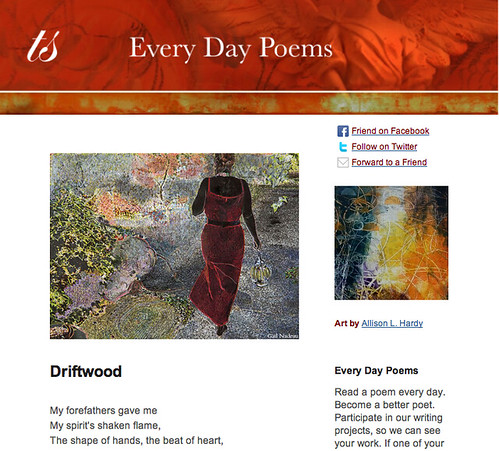If I ever make it to Valhalla, I’m going to meet a giant goat. (Let’s call her Stella.) With a coy smile, she’ll roll onto her back and show me her swollen udders. They’ll be heaving with beer. And then Ms. Artois will nuzzle my ear and beg me to drink of her unending and eternal supply.
This is what happens in Viking heaven. Or so I’ve been told.
But I’m not a Viking. I’m an American ex-patriot who now lives in Canada and, though I’ve spotted countless herds of LaBatts and Molsons grazing on our prairies, I’ve yet to see any curvy goats who wear Moulin Rouge lipstick.
Here, Canadians once drank their beer from stubbies. But then the American-style longneck launched an attack 30 years ago, reminiscent of the Reagan Doctrine, and now the Great Northern Stubby is extinct. Kinda like the Soviet Union.
But if you were to go back thousands of years, you’d find a hearty and virile Sumerian looking to stick his oafish drinking straw, this one made of gold and precious blue lapis, into his favourite clay pot. Back then, every good Sumerian loved his wife’s fermentation. It was intoxicating. In fact, one poet loved his wife’s yum-yums so much that he honoured her recipe with a poem.
While other poets wrote political thrillers (Go, Gilgamesh! Go!), this one made the mistake of addressing his poem to the Sumerian goddess of brewing and beer.
Yikes. Inebriated husbands have a long history of unfaithfulness, it seems.
Eventually the Sumerian husbands were defeated by the Babylonians (perhaps aided by those bitter Sumerian wives?). The Babylonians pulled a “longneck” of their own and enforced a daily rationing of beer, depending on one’s social standing.
Then came the Romans. But they preferred wine. To them, beer was barbaric and reeked of uncouth provincialism. Maybe worse than beef jerky and country music. Or at least until the Roman church got involved and used its power to refine and rebrand the beverage, making it suitable for the hard-working brothers and parched pilgrims of the early Middle Ages.
Beer remained quite a messy and underhanded business until the Germans got ahold of the recipe. They regulated the whole affair with Reinheitsgebot, the famous German beer purity law of 1516. Only four ingredients, they insisted. Well, besides yeast. Duh.
Finally, pasteurization and yeast technology opened a lot of new brewery doors over the past 150 years — though the moaning goat suffered a searing case of mastitis during Prohibition.
But the market has certainly recovered. Capitalism and beer snobbery have embraced the modern microbrewery and all of its artisanal hints of fresh oysters, coriander and rose hips. We’ve developed such a voracious love affair with variety that we can no longer be satisfied with the udders of just one goat.
Sorry, Stella. It’s not you. We’re just a bunch of wretched Sumerians with our straws in too many clay pots.
Photo by APDK, Creative Commons license via Flickr. Post by Matthew Kreider.
______________________
Buy a year of Every Day Poems, just $5.99— Read a poem a day, become a better writer. In October we’re exploring the theme Wine and Beer.
- Casting a Line for Surrealist Poetry - November 12, 2012
- The History of the World in Beer - October 22, 2012
- Journey into Poetry: Matthew Kreider - July 23, 2012


Maureen Doallas says
After that introductory paragraph, the next round’s on me, Matt. Those are the kinds of visuals that are hard to shake.
Matthew Kreider says
I’d love to join you for a round, Maureen! Really would. I’d love the conversation. 🙂
Megan Willome says
One day I ran across a documentary called “How Beer Saved the World.” Lots of history, very fun.
Tyson says
Great read Matthew!